Medical expert of the article
New publications
Medicinal herbs for psoriasis: names, collections, decoctions
Last reviewed: 06.07.2025

All iLive content is medically reviewed or fact checked to ensure as much factual accuracy as possible.
We have strict sourcing guidelines and only link to reputable media sites, academic research institutions and, whenever possible, medically peer reviewed studies. Note that the numbers in parentheses ([1], [2], etc.) are clickable links to these studies.
If you feel that any of our content is inaccurate, out-of-date, or otherwise questionable, please select it and press Ctrl + Enter.
Traditional psoriasis treatment does not always have the desired effect. Therefore, many patients continue to look for other ways to get rid of the disease, turning, in particular, to traditional medicine. Indeed, if you choose the right herbs for psoriasis, you can forget about the problem for a long time, since the remission period can be extended for several years.
Carefully and competently planned herbal treatment of psoriasis usually combines well with the main drug treatment.
Read also:
- Psoriasis Sprays
- Gels for psoriasis
- Creams for psoriasis
- Non-hormonal ointments for psoriasis
- Treatment of psoriasis with folk remedies
- Psoriasis Treatment at Home
- Psoriasis Treatment at the Dead Sea
- Psoriasis Treatment with Vinegar
- Treatment of psoriasis with hydrogen peroxide
What herbs help with psoriasis?
Quite a few different plants can be used for psoriasis. However, only a few of the most effective herbs are known, and we would like to describe them in more detail.
Sedum acridum
|
|
Plant properties |
An herb for psoriasis that normalizes tissue trophism, promotes healing and eliminates inflammation. |
Directions for use |
Five tablespoons of dried or fresh grass are poured with boiling water and placed on a gauze napkin. The poultice is applied to the affected area as needed. |
Side effects |
Sedum is considered a toxic plant, so it cannot be used by pregnant women or children. Side effects may include vomiting, and less commonly, dizziness. |
Aloe arborescens
|
|
Plant properties |
Aloe has a bacteriostatic and antimycotic effect, exhibits tanning and anti-inflammatory properties. |
Directions for use |
For psoriasis, gauze folded in four is soaked in freshly prepared aloe juice and applied to the psoriatic area for 30 minutes. Duration of treatment: first week - daily, in the second week - every other day, during the third and fourth weeks - once every three days. |
Side effects |
Allergy is possible. Do not use during pregnancy or in old age. |
Sea buckthorn
|
|
Plant properties |
Sea buckthorn has anti-inflammatory and tanning properties, and due to the presence of ascorbic acid, it also exhibits regenerative abilities. |
Directions for use |
For psoriasis, prepare a decoction based on 20 g of sea buckthorn berries and 250 ml of water. Boil for 15 minutes, leave covered for another half hour, filter and apply as a lotion. At the same time, you can drink 100 ml daily. |
Side effects |
Sea buckthorn can cause allergies and, if taken internally, stomach upset. |
Cassia acutifolia
|
|
Plant properties |
Herb for psoriasis, exhibits bactericidal and astringent properties. |
Directions for use |
Pour 2 tbsp of leaves into a thermos, add 250 ml of boiling water. Leave for 50 minutes. Filter and drink 150 ml in the morning and at night. |
Side effects |
With prolonged use, addiction may develop. |
Valerian officinalis
|
|
Plant properties |
It has an anti-stress effect and improves the condition of blood vessels. |
Directions for use |
For psoriasis, pour 250 ml of boiling water over two teaspoons of ground root and boil for 5 minutes. Filter and use 3 tablespoons per 150 ml of water, up to 3 times a day. |
Side effects |
A feeling of anxiety, constipation, headache, and enterocolitis may occur. |
St. John's Wort
|
|
Plant properties |
An herb that is actively used for psoriasis. It has a pronounced antibacterial effect, suppresses the growth of staphylococcal infection, and strengthens capillaries. |
Directions for use |
For psoriasis, 10 g of St. John's wort is poured into an enamel mug, 250 ml of boiling water is added and left in a water bath for 25 minutes. After this, the medicine is cooled, filtered and taken 100 ml three times a day half an hour before meals. |
Side effects |
There may be pain in the area of the liver projection, as well as an unpleasant taste in the mouth. The product is contraindicated during pregnancy. |
Calendula officinalis |
|
Plant properties |
Calendula has a calming, astringent, anti-inflammatory, moisturizing, disinfectant and cleansing effect. |
Directions for use |
For psoriasis, take 100 ml of quality vodka, mix with 10 g of calendula flowers, leave overnight. Apply as follows: dissolve 1 teaspoon of the resulting tincture in 200 ml of boiled water and wash the affected areas. |
Side effects |
May cause allergies. |
Chamomile
|
|
Plant properties |
Chamomile exhibits anti-inflammatory and antiseptic properties. Eliminates inflammation and itching in psoriasis. |
Directions for use |
Three tablespoons of chamomile flowers are infused for 1 hour in 250 ml of boiling water, filtered and drunk instead of tea during the day. The resulting remedy for psoriasis can also be used externally, in the form of compresses at night. |
Side effects |
Allergy, headache, feeling of weakness are possible. |
Leuzea carthamoides
|
|
Plant properties |
Leuzea is an effective herb for psoriasis: it improves local blood circulation, calms the nervous system, and increases immune defense. |
Directions for use |
For psoriasis, use leuzea extract, 25 drops 3-4 times a day with food. Duration of treatment is up to 3 weeks. |
Side effects |
Sometimes – headache, irritability, allergies, sleep disturbances, increased blood pressure. |
Sage officinalis |
|
Plant properties |
Sage has an astringent, disinfectant, anti-inflammatory, softening and hemostatic effect. |
Directions for use |
Three tablespoons of the herb are kept in a boiling state in 250 ml of water for 10 minutes, infused for 30 minutes, filtered. For psoriasis, it is used in the form of lotions. |
Side effects |
Skin irritation may occur if used for more than 3 months in a row. |
Rhubarb tangutica
|
|
Plant properties |
It has a tonic, antiseptic and anti-inflammatory effect. |
Directions for use |
For psoriasis, use the powder of rhizomes, which is sprinkled on wounds, as well as a decoction of the roots. To make a decoction, take 2 tbsp. rhizomes, boil in 250 ml of water for 4-6 minutes, leave for half an hour, filter. Take 150 ml before dinner. |
Side effects |
May cause allergies. Not recommended for use in kidney and gall bladder stones, gout and uric acid diathesis. |
Scots pine
|
|
Plant properties |
Pine and pine-based products (including resin) have bactericidal, astringent and healing effects. |
Directions for use |
For psoriasis, pour 2 liters of boiling water over one cup of pine needles, leave for 20 minutes, and filter. Add the medicine to warm water when taking a bath. |
Side effects |
There are cases of individual intolerance, as well as headaches. |
Other Herbal Remedies for Psoriasis
- Celandine.
The use of celandine in medicine is very extensive. The herb is used both fresh and dried, both independently and in the form of herbal mixtures. For psoriasis, celandine is usually crushed and mixed with melted lard in a ratio of 1:4. It is used to treat affected skin areas.
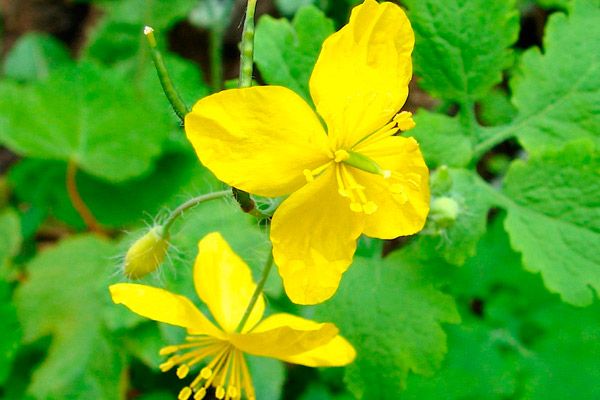
In addition, it is useful to brew celandine grass and add it to water when taking baths and foot baths. To prepare an infusion, pour 100 g of dried grass into 1 liter of boiling water, leave for about half an hour and filter.
- Nettle.
For psoriasis, nettle leaves can be used both internally and externally.
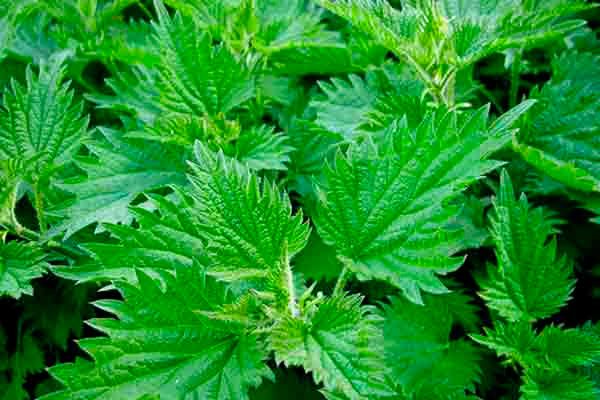
For internal use, prepare the medicine in a thermos: for one tablespoon of dried herbs, you will need 500 ml of boiling water. After 2.5 hours, drain the infusion and filter. Drink 100 ml three times a day.
As an external medicine, use nettle decoction for compresses. To prepare it, take 200 g of dry nettle rhizome and boil in 1 liter of water for 5 minutes. Compresses are applied several times a day, and can be used at night.
- Succession.
The herb succession is used for psoriasis both during periods of exacerbation and during remission to prolong the state of symptom relief.
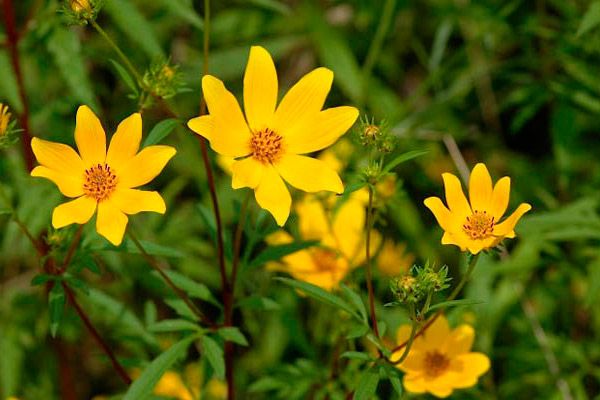
You can drink a third of a cup of succession tea three times a day – this will speed up metabolic processes and reduce the likelihood of inflammation. To prepare it, take 1 teaspoon (with a slide) of the herb per cup of boiling water.
To prepare an ointment for psoriasis based on succession, use 5 tablespoons of ground grass and the same amount of alcohol, leave for 3-4 days, then mix in 10 tablespoons of Vaseline with lanolin (1:1). The resulting product is applied to the affected area once a day at night.
- Bay leaf.
For psoriasis therapy, bay leaf is used internally, in the form of a decoction. To prepare the medicine, take 17 medium-sized dried leaves and pour 0.5 liters of boiling water.
The remedy must be boiled for another 10 minutes, filtered and drunk during the day in 4 doses. Duration of treatment is 1 week.
- Chicory root.
Chicory rhizome is suitable for making compresses for psoriasis, reducing the manifestations of the inflammatory reaction.
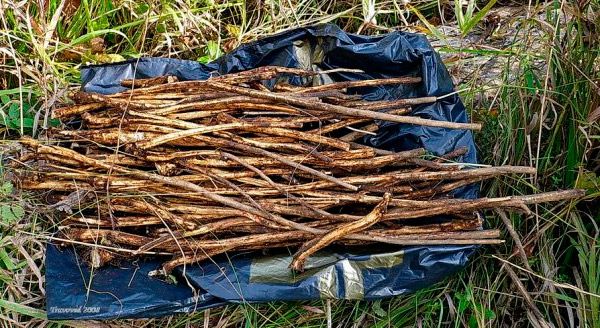
To prepare the solution, infuse 2 teaspoons of crushed roots in 250 ml of boiling water. After 1 hour, filter the medicine and use as directed.
Herbal collection for psoriasis
Unilateral use of herbs for psoriasis may not have the expected effect, or this effect may be insufficient. In such cases, treatment is complicated by using herbal mixtures - collections, the effect of which is enhanced by a correctly selected combination of herbs.
- Brew 30 g of succession, St. John's wort, calamus rhizome, 20 g of elderberry flowers, elecampane rhizome, corn silk, horsetail herb, and 10 g of celandine in 1 liter of water. For psoriasis, drink 100 ml after breakfast and dinner.
- One tablespoon of elderberry flowers and the same amount of lingonberry leaves are poured with 500 ml of boiling water and left for 2 hours. Drink 150 ml three times a day between meals.
- Prepare a collection: 20 g of elder flowers, elecampane rhizome, corn silk, 30 g of succession and calamus rhizome, 10 g of celandine. Brew 1 tbsp of the mixture in 250 ml of boiling water, leave for 40 minutes under the lid, drink 100-150 ml twice a day for psoriasis one hour after eating.
- Two tablespoons of blackberry leaves and St. John's wort leaves are poured with 0.5 liters of boiling water. After 4 hours, filter and drink 100 ml up to 4 times a day. The duration of therapy for psoriasis is one and a half months.
- Take equal amounts of succession, licorice rhizome, calamus and burdock, nettle leaves. For one tablespoon of the mixture, use 250 ml of boiling water, leave for 1 hour. Apply for lotions on the affected areas.
- Prepare a mixture of 10 g of horsetail, 10 g of celandine, 30 g of succession. Boil one tablespoon of the mixture in 250 ml of water for 10 minutes, filter and drink 100 ml twice a day between meals.
- Brew tea for psoriasis from celandine and violet (1 tbsp. of equal mixture per glass of boiling water). Drink throughout the day.
- Infuse 6 tbsp of an equal mixture in 1 liter of boiling water: chopped onion, soapwort rhizome, garlic seedlings, purslane, sophora, sweet clover, cocklebur, lovage. Use for making wet compresses.
- Mix willow bark (20 g) and fucus (10 g), boil for 15 minutes in ½ l of boiling water. Filter and drink up to 4 glasses per day. Duration of therapy is at least 2 weeks.
Phyto-creams for psoriasis on Altai herbs
The Altai region is considered a truly unique area by its nature, ecology and climate, as well as by the diversity of plants. Most of the herbs that grow in this region do not grow anywhere else. That is why Altai herbs are especially valuable, because their composition is unique.
Gum cream has proven itself to be effective against psoriasis; it is a healing remedy made from pine resins.
To prepare a cream for psoriasis, first prepare the base - purify the butter. Melt the butter in an enamel container (do not boil), carefully remove the foam and pour the exfoliated yellow part into a saucepan, setting aside impurities and whey. Next, take 1 cup of yellow butter, about 2 matchboxes of propolis and the same amount of pine resin, which is pre-frozen in the freezer.
The mixture is heated until the ingredients are completely dissolved. The medicine must not be boiled: the maximum temperature should not exceed +80°C.
The container is removed from the heat and cooled. Over the course of 1-2 hours, the mixture will thicken and turn into a creamy mass with a pine scent.
The resulting product is stored in a cool place for up to 5 years.
For psoriasis, the medicine is applied to the affected skin areas under a bandage.
Herbs for psoriasis ointment
Medicinal herbs can be used to make effective topical ointments to relieve psoriasis.
- Rosehip branches are collected, dried and set on fire. The remaining ash is mixed with cosmetic Vaseline in equal parts. The resulting ointment is used to treat psoriatic rashes.
- The remedy is made from two parts ground celandine, one part Vaseline and one part lanolin. It is used to lubricate the affected skin several times a day.
- Ground meadowsweet rhizomes are mixed with Vaseline oil, placed in a water bath and heated. Used to lubricate the skin.
- The tincture of succession is mixed with an equal mixture of Vaseline and lanolin. It is used for rubbing.
- For psoriasis, celandine is crushed and mixed with melted lard in a ratio of 1:4. It is used to lubricate the affected skin areas.
In addition to herbal ointments, other external remedies are also used for psoriasis: based on birch tar, Vishnevsky ointment, and various essential oils.
Herbs for psoriasis should be used with caution: before starting treatment, it is necessary to test the selected plant for allergies. With the correct use of herbal recipes, an improvement in the skin condition can be observed in 2-3 weeks.


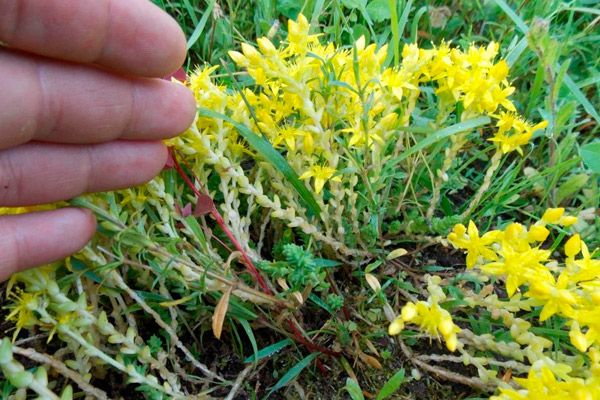
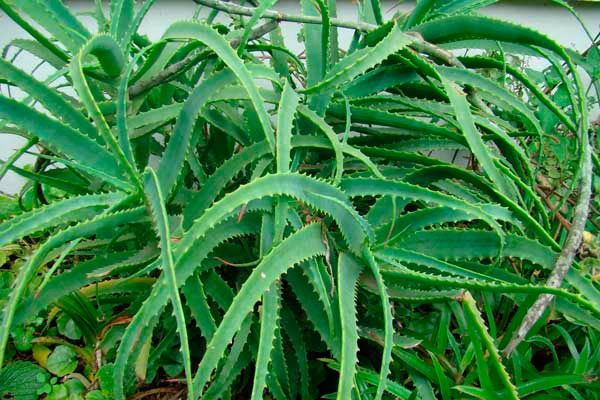
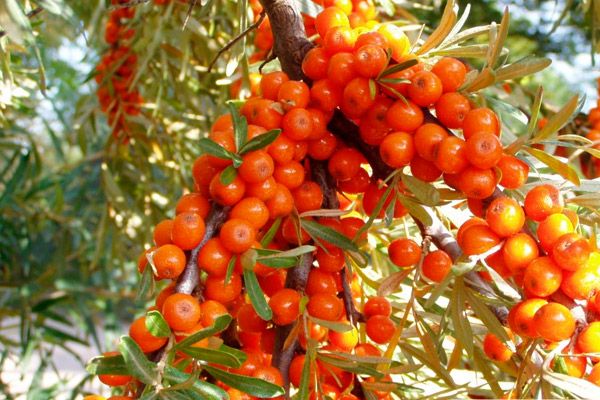
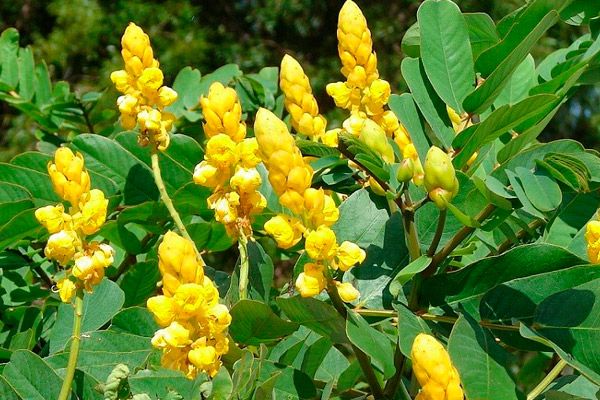
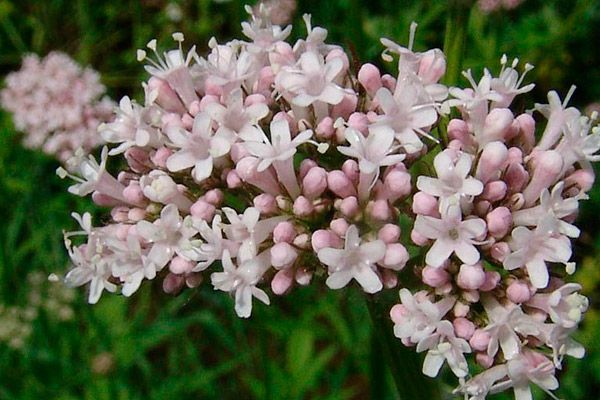
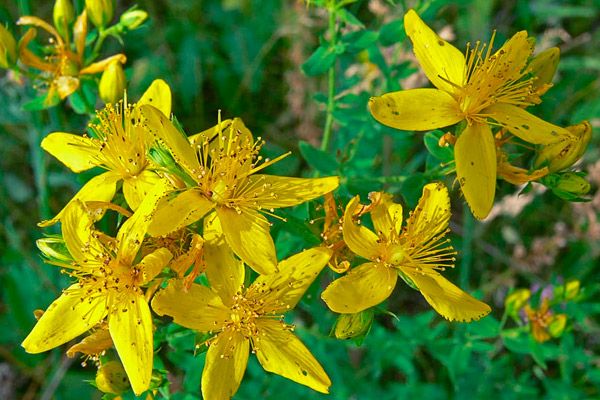
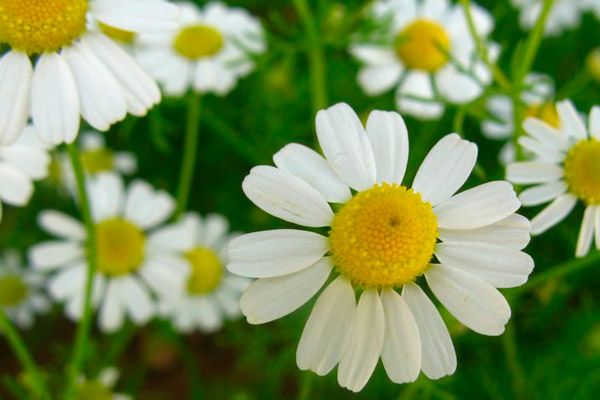
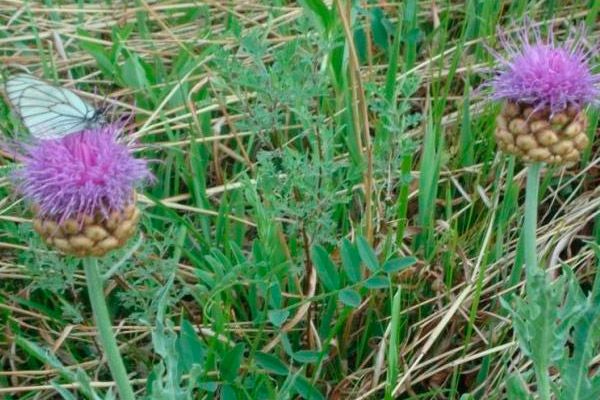
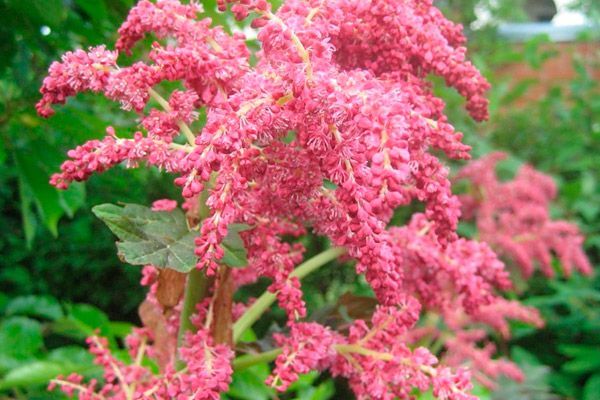
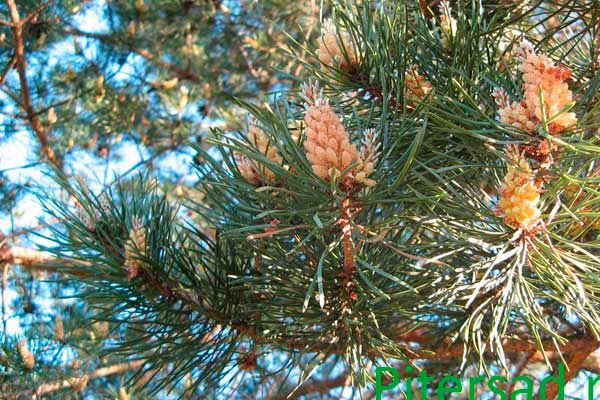
 [
[